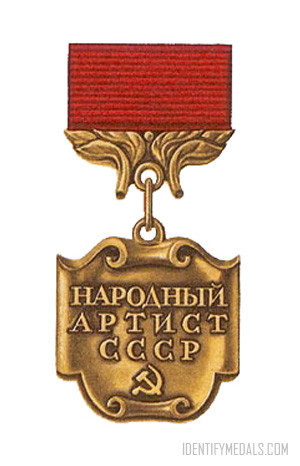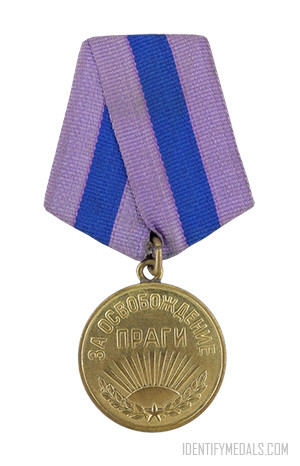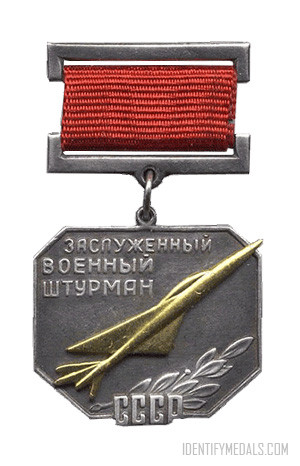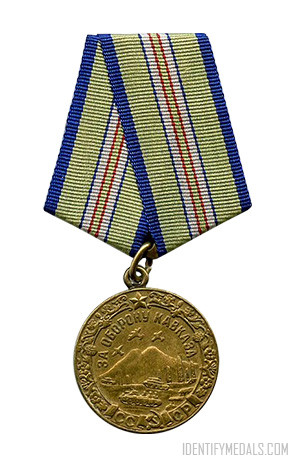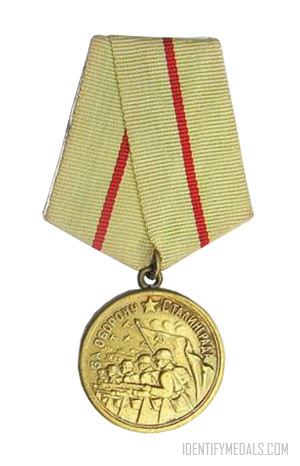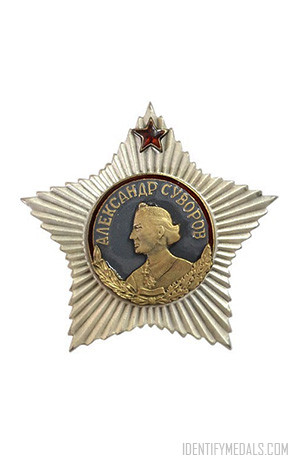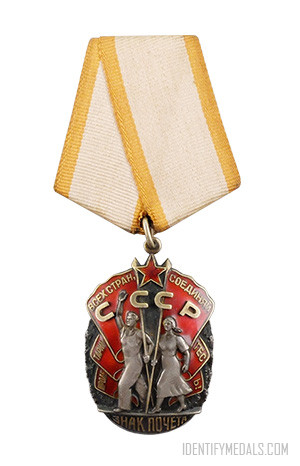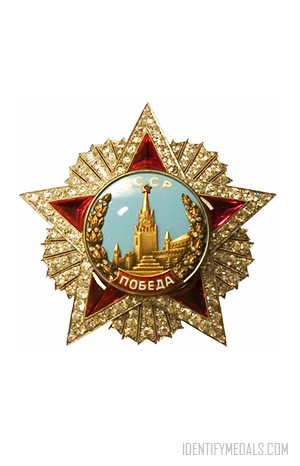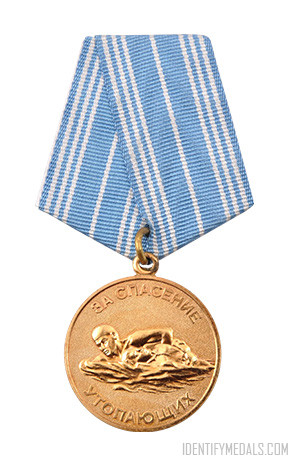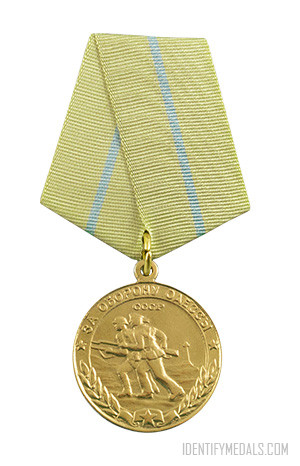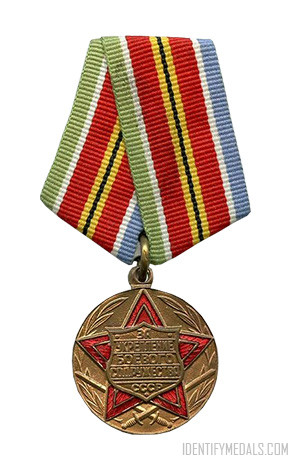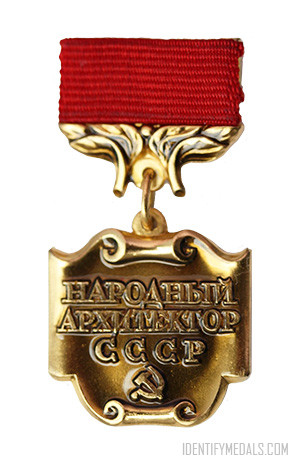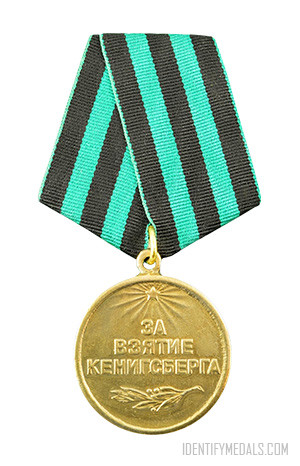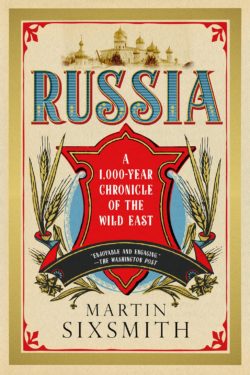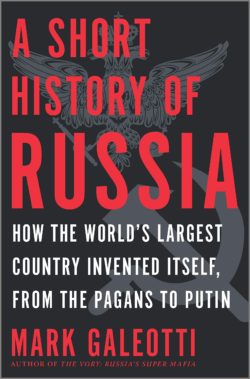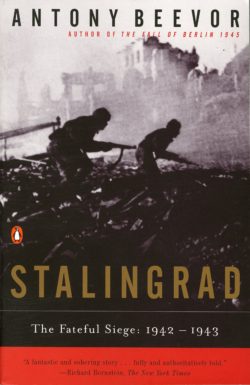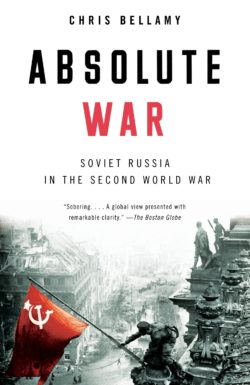- Time Period: Interwar Medals
- Year of Institution: 13 January 1937
- Country: Russia & USSR
The People’s Artist of the USSR Medal (or Наро́дный арти́ст СССР, Narodný artist SSSR in Russian) was an honorary title granted to artists of the Soviet Union. The title was introduced in 1936, replacing the earlier title of “People’s Artist of the Republic“.
The title was bestowed for exceptional achievements in the performing arts. Its recipients included many of the most acclaimed composers, dancers, singers, film and theatre directors, and actors of every Soviet republic.
Each Soviet Republic and the Autonomous Republics had a similar award held previously by virtually every receiver of the higher title of People’s Artist of the USSR.
Honorees were afforded certain privileges and would often receive commissions from the Minister of Culture of the Soviet Union. Accordingly, artists and authors who expressed criticism of the Communist Party were seldom granted such recognition, if not outright censored.
The first recipients of the title (6 September 1936) were Konstantin Stanislavski, Vladimir Nemirovich-Danchenko, Ivan Moskvin, Antonina Nezhdanova, Boris Shchukin, Kulyash Baiseitova, and some other actors. In all, there were 1006 recipients of the award.
The People’s Artist of the USSR Medal Design
The medal was made of tombac and its shape was quadrangular with twisted corners. It measures 22.5 by 23.5 mm.
The central part is occupied by the inscription “Наро́дный арти́ст СССР” and, below, the hammer and sickle symbol. Both the symbol and inscription are embossed, with convex letters.
The medal is suspended to a single red silk fringe measuring 18 mm by 21 mm with an attached metallic buckle decorated with bay laurel leaves.

